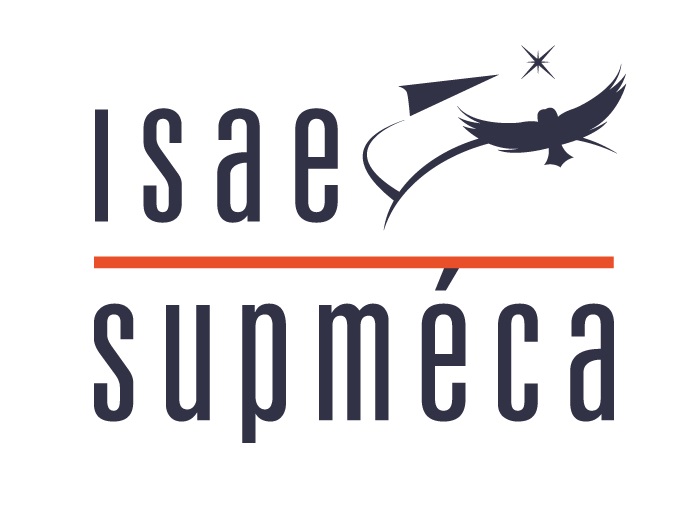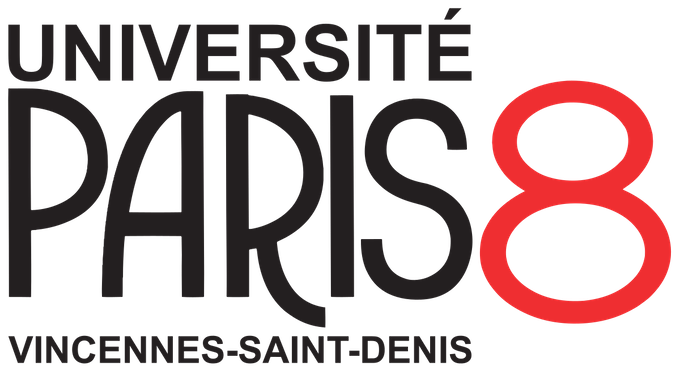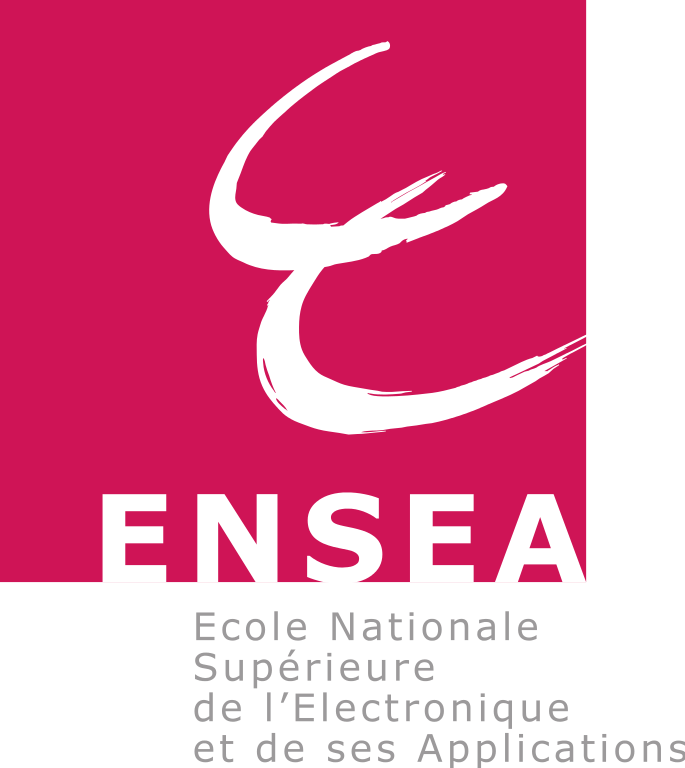Séminaire de Antonio BALDASSARRE, VAST-FM, 12/05/2022
Nous avons le plaisir de vous annoncer le séminaire de
Antonio BALDASSARRE, portant sur "Digital twin of a vibrodriver for soil force estimation", thème VAST-FM
le 12/05 à 13h15 via Teams.
Résumé :
Vibrodriving consists in driving into the ground or extract a profile (tube, beam, concrete or wooden pile etc...) by making it vibrate vertically. This vibration is produced by vibrodrivers, which are huge machines powered by unbalanced hydraulic motors : the motion of several pairwise eccentric weights, that rotate in opposite directions, generates vibration only in the vertical direction.
The vibrodriver has been modeled through a 3 degrees of freedom non-linear system that includes a soil model well adapted to describe vibrodriving. Particular attention has been given to the interaction between the driven profile and the ground, both in terms of friction on the lateral surface and of contact at the tip. The Dahl’s model is adopted to represent solid friction. The normal force at the tip is modeled with an exponential law, which is formulated to properly describe the elastoplastic behavior of the soil and stiction. Non linearities are due to the excitation forces and the contact models. This model allowed us to simulate the dynamics of the system in several working conditions of interest and to produce "virtual measurements" (numerical solutions with added noise).
The digital twin is composed of 1) the 3 degree of freedom model of the machine with unknown driving torque of the motor and unknown soil force and 2) an Extended Kalman Filter. Its effectiveness has been tested by feeding the algorithm with the “virtual measurements”. The numerical validation of digital twin’s performances is an essential prerequisite for experimental tests and enabled us to define the number and the nature of the sensors that are indispensable for the proper functioning of the whole architecture. A suitable combination of sensors to be integrated on the machine is proposed : two accelerometers and a measure of the rotational speed or the angle of the unbalance weight.
The digital twin allows to monitor the behavior of the vibrodriver in real time. The simulation tool and the Extended Kalman Filter are connected in a data assimilation process which gives in return information about system’s states and the soil force on the profile, without any prior knowledge of the mentioned soil model and any integration of load sensors. The estimation of the force exchanged with the ground is of fundamental relevance in order to perform the predictive maintenance of the machine and avoid catastrophic failures.
After the numerical validation, the digital twin is applied in practice, processing real signals recorded by sensors during experimental tests on the test bench. The application allowed us to estimate the restoring force exerted by the bench on the machine.



